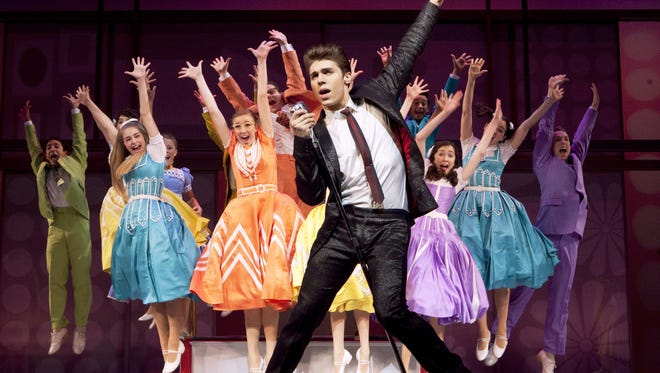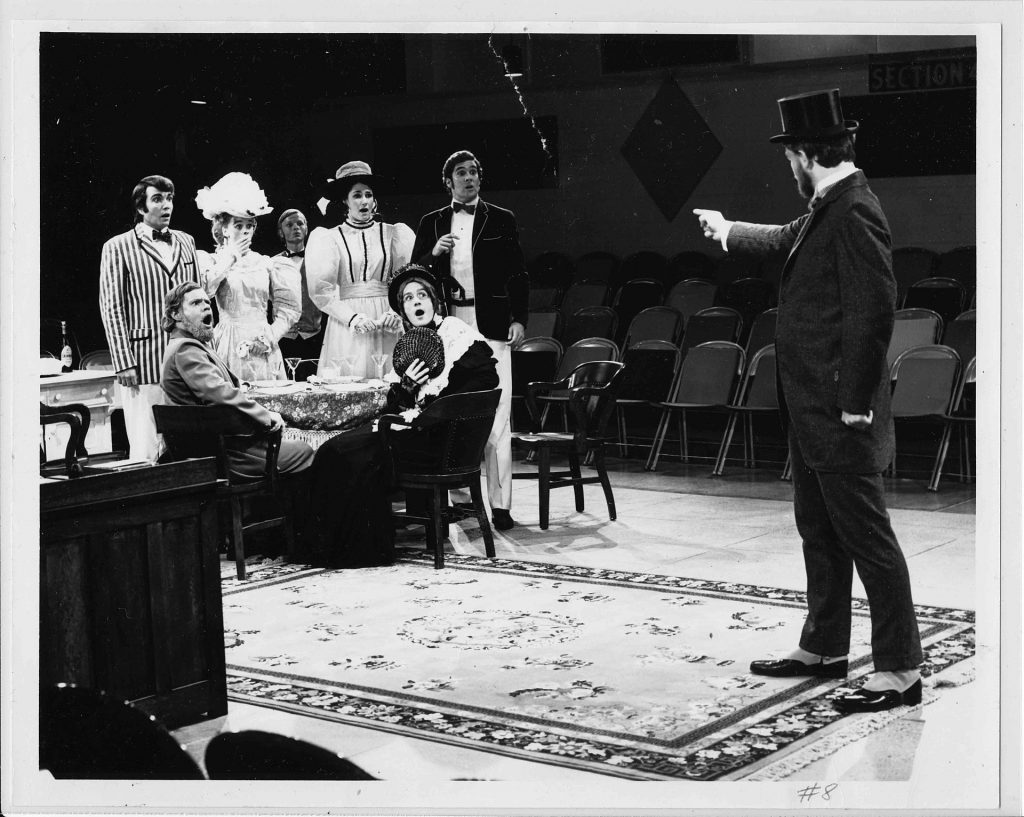
12 Plays from the English Classroom
From the witty repartee of Shakespearean comedy to the gripping tension of modern Australian drama, the English classroom is a stage, these plays offer a kaleidoscope of themes, contexts, and literary devices, making them ripe for academic exploration. Let’s raise the curtain on these classics, each a lesson in life, literature, and the power of the stage.
1. As You Like It — William Shakespeare
Synopsis: In this pastoral comedy, Rosalind, fleeing persecution, finds safety and eventually love in the Forest of Arden. Disguised as a boy, she tutors her beloved Orlando in the ways of wooing.
Where to Find: Project Gutenberg
Critical Reception: Celebrated for its complex characters and themes of love, gender roles, and the natural world, “As You Like It” remains a favorite among scholars and theatre-goers alike.
Themes and Context: Exploring themes of romance, disguise, and nature vs. nurture, Shakespeare sets his play in a forest where social hierarchies seem inverted, if not irrelevant.
Literary Devices: Shakespeare employs cross-dressing and mistaken identities, not only for comedic effect but to probe deeper questions of identity and love.
2. Away — Michael Gow
Synopsis: Set in 1960s Australia, “Away” tells the story of three families, each dealing with their own internal crises, who find healing and reconciliation through a series of interconnected holidays.
Where to Find: Dymocks
Critical Reception: Gow’s play has been lauded for its use of the Australian landscape to explore themes of loss, healing, and reconciliation, becoming a staple in Australian theatre.
Themes and Context: “Away” combines personal and national themes, reflecting on the Vietnam War, holiday culture in Australia, and the power of forgiveness.
Literary Devices: Gow employs natural disasters as a metaphor for emotional turmoil and the transformative power of nature.
3. Black Diggers — Tom Wright
Synopsis: This play brings to light the stories of Aboriginal Australian soldiers in World War I, exploring their contributions, struggles, and the racism they faced both abroad and at home.
Where to Find: Playlab Theatre
Critical Reception: “Black Diggers” is praised for its unflinching examination of history and its effort to bring recognition to the Aboriginal soldiers who were largely ignored in historical narratives.
Themes and Context: It delves into themes of identity, racism, and the paradox of fighting for a country that does not recognize you as equal.
Literary Devices: Wright utilizes a montage of scenes and characters to represent the diverse experiences of Indigenous soldiers.
4. Così — Louis Nowra
Synopsis: Set in a mental institution in 1971, “Così” follows a young director who attempts to stage a production of Mozart’s “Così Fan Tutte” with the patients as his cast.
Where to Find: Kookaburra
Critical Reception: Nowra’s play is both a touching comedy and a poignant exploration of mental illness, love, and the transformative power of theatre.
Themes and Context: It reflects on the social and political upheaval of the Vietnam War era, the stigma of mental illness, and the redemptive power of art.
Literary Devices: The play within a play serves as a mirror to the characters’ lives, blurring the lines between reality and performance.
5. Counting and Cracking — S Shakthidharan
Synopsis: This epic tale spans four generations from Sri Lanka to Australia, exploring themes of identity, migration, and reconciliation within a Tamil family.
Where to Find: Australian Plays
Critical Reception: Acclaimed for its ambitious storytelling and emotional depth, “Counting and Cracking” has been recognized as a significant work in contemporary theatre.
Themes and Context: The play addresses the Sri Lankan civil war, the immigrant experience, and the quest for home and identity across generations.
Literary Devices: Shakthidharan weaves together multiple timelines and settings, employing multilingual dialogue to enrich the narrative’s authenticity and complexity.
6. Inheritance — Hannie Rayson
Synopsis: Set on a family farm in Victoria, “Inheritance” unravels the conflicts within two branches of a family dynasty, pitting siblings against each other as they vie for their inheritance.
Where to Find: AustLit
Critical Reception: Rayson’s exploration of family dynamics, rural decline, and the battle between tradition and change has made “Inheritance” a thought-provoking drama.
Themes and Context: It examines themes of family, greed, and the changing face of rural Australia, alongside issues of indigenous rights and environmental conservation.
Literary Devices: The play uses family conflict as a microcosm for broader societal issues, employing dramatic irony and contrasting characters to deepen its themes.
7. Lady Windermere’s Fan — Oscar Wilde
Synopsis: This social comedy uncovers the moral hypocrisies of Victorian society through the story of Lady Windermere, who suspects her husband of infidelity, and the mysterious Mrs. Erlynne, who harbors her own secrets.
Where to Find: Project Gutenberg
Critical Reception: Wilde’s sharp wit and critique of societal norms have made “Lady Windermere’s Fan” both a critical and popular success, celebrated for its clever dialogue and satirical edge.
Themes and Context: The play tackles themes of marriage, trust, and social reputation, critiquing the double standards of Victorian morality.
Literary Devices: Wilde uses irony, epigrams, and a twist ending to challenge societal expectations and reveal the complexities of human nature.
8. Switzerland — Joanna Murray-Smith
Synopsis: This psychological thriller imagines a fictional encounter between the reclusive author Patricia Highsmith and a young emissary from her publisher, leading to a tense game of cat and mouse.
Where to Find: Australian Plays
Critical Reception: “Switzerland” has been praised for its clever writing, intense atmosphere, and complex character study of Highsmith.
Themes and Context: The play delves into themes of creativity, isolation, and the blurred lines between an author and her creations.
Literary Devices: Murray-Smith employs a claustrophobic setting and sharp dialogue to heighten the psychological tension and explore the darker sides of human nature.
9. The 7 Stages of Grieving — Wesley Enoch and Deborah Mailman
Synopsis: This one-woman show weaves together stories of Indigenous grief and resilience, exploring the past and present injustices faced by Aboriginal Australians.
Where to Find: Playlab Theatre
Critical Reception: Recognized for its powerful storytelling and emotional impact, “The 7 Stages of Grieving” is a seminal work in Indigenous theatre.
Themes and Context: It addresses themes of grief, loss, and survival, while offering a commentary
on the ongoing impact of colonization and the strength of Indigenous culture and identity.
Literary Devices: The play uses monologue, symbolism, and non-linear storytelling to represent the collective experience of grief and resilience in Aboriginal communities.
10. The Appleton Ladies’ Potato Race — Melanie Tait
Synopsis: In the small town of Appleton, a newcomer challenges the traditional prize money disparity between men’s and women’s categories in the annual potato race, sparking controversy and community reflection.
Where to Find: Australian Plays
Critical Reception: This contemporary comedy has been warmly received for its humorous yet poignant examination of gender equality and community spirit.
Themes and Context: The play addresses themes of feminism, tradition vs. progress, and the power of community in the face of change.
Literary Devices: Tait uses humor and relatable characters to tackle serious themes, creating a light-hearted yet thought-provoking narrative.
11. The Crucible — Arthur Miller
Synopsis: Set during the Salem witch trials, this historical drama uses the hysteria of the era to comment on the McCarthyism of Miller’s own time, exploring the dangers of extremism and the consequences of social paranoia.
Where to Find: Internet Archive
Critical Reception: “The Crucible” is acclaimed for its intense drama and moral urgency, considered one of Miller’s masterpieces and a powerful critique of political witch hunts.
Themes and Context: It delves into themes of integrity, hysteria, and the conflict between individual conscience and community pressure.
Literary Devices: Miller employs historical allegory and dramatic irony to draw parallels between the Salem witch trials and the Red Scare of the 1950s.
12. The Drover’s Wife — Leah Purcell
Synopsis: A reimagining of Henry Lawson’s classic short story, this play transforms the tale into a powerful narrative of survival, race, and gender, centered on a resilient frontier woman in 19th-century Australia.
Where to Find: Australian Plays
Critical Reception: Purcell’s adaptation has been heralded for its bold reinterpretation of the Australian mythos, offering a fresh and provocative perspective on historical narratives.
Themes and Context: The play confronts themes of colonialism, women’s independence, and Indigenous identity, challenging traditional narratives of Australian history.
Literary Devices: Purcell uses a combination of naturalistic dialogue and dramatic monologues to deepen the interior life of her protagonist, while also incorporating Indigenous storytelling techniques to weave a broader cultural narrative.
Each of these plays, a gem in the crown of English literature, offers a unique lens through which to explore complex themes, historical moments, and the depths of human emotion. Whether through the sharp wit of Wilde, the psychological intrigue of Murray-Smith, or the poignant grief expressed by Enoch and Mailman, these works continue to captivate, educate, and inspire readers and audiences alike.






